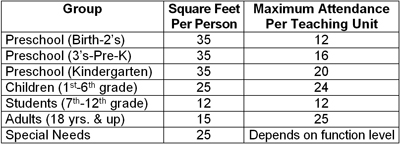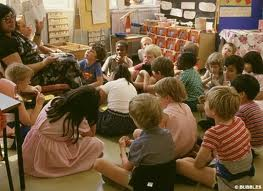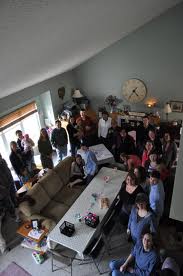 Winston Churchill remarked concerning the rebuilding of England on October 23 1945, “We shape our buildings and afterwards our buildings shape us.” As Sunday School Specialist for the Tennessee Baptist Convention, one of my favorites opportunities is to consult with churches about space. Space really does shape a church’s ministries and can determine their growth
Winston Churchill remarked concerning the rebuilding of England on October 23 1945, “We shape our buildings and afterwards our buildings shape us.” As Sunday School Specialist for the Tennessee Baptist Convention, one of my favorites opportunities is to consult with churches about space. Space really does shape a church’s ministries and can determine their growth
Recently, I have consulted with two different churches. One of these churches averages 800 in worship and 500 in Sunday School and the other averages 100 in worship and 82 in Sunday School. Both of these churches have buildings that were built in the last 10 years. When shaping their buildings, they opted for a maximum number of classrooms and built classrooms for children of approximately 200 square feet. Their building has shaped their ministry and as families have been reached put a squeeze on the space. Praise the Lord that both of these churches are growing and are determined to not let space determine their growth.
Some Sunday School classes get satisfied because they have a full classroom. When every classroom isutilized, organizations can become stagnant and new classes are no longerconsidered. Both should be unacceptable when it keeps the church from fulfilling God’s purpose of reaching their communities for Christ. Three types of space have to be balance: Parking, Education, and Worship.
All space problems can be solved. Yes it might mean reorganizing, rethinking, or relocating, but they can be solved. Examine your space by answering the following questions:
- What traditional classrooms are available?
- Are there rooms such as closets, kitchens,
offices that could be adapted for use temporarily or permanently? - Could you swap smaller classes in larger rooms
with larger classes in smaller rooms? - Are their adjacent community buildings, schools,
or houses? - Have you considered utilizing the existing space
twice by starting a second or third Sunday School hour? - Is it time to build additional space for
growth? - Would starting off campus or weekdays groups provide
a legitimate alternative to Sunday morning
Sunday School and worship?
Remember the building simply houses the programs that allow the people to accomplish the purpose of God. Don’t let space keep your church from fulfilling God’s purpose.
_________________________
Dr. Mark Miller, Sunday School Specialist, Tennessee Baptist Convention. Mark also has his own blog at http://drmarkmiller.wordpress.com/




